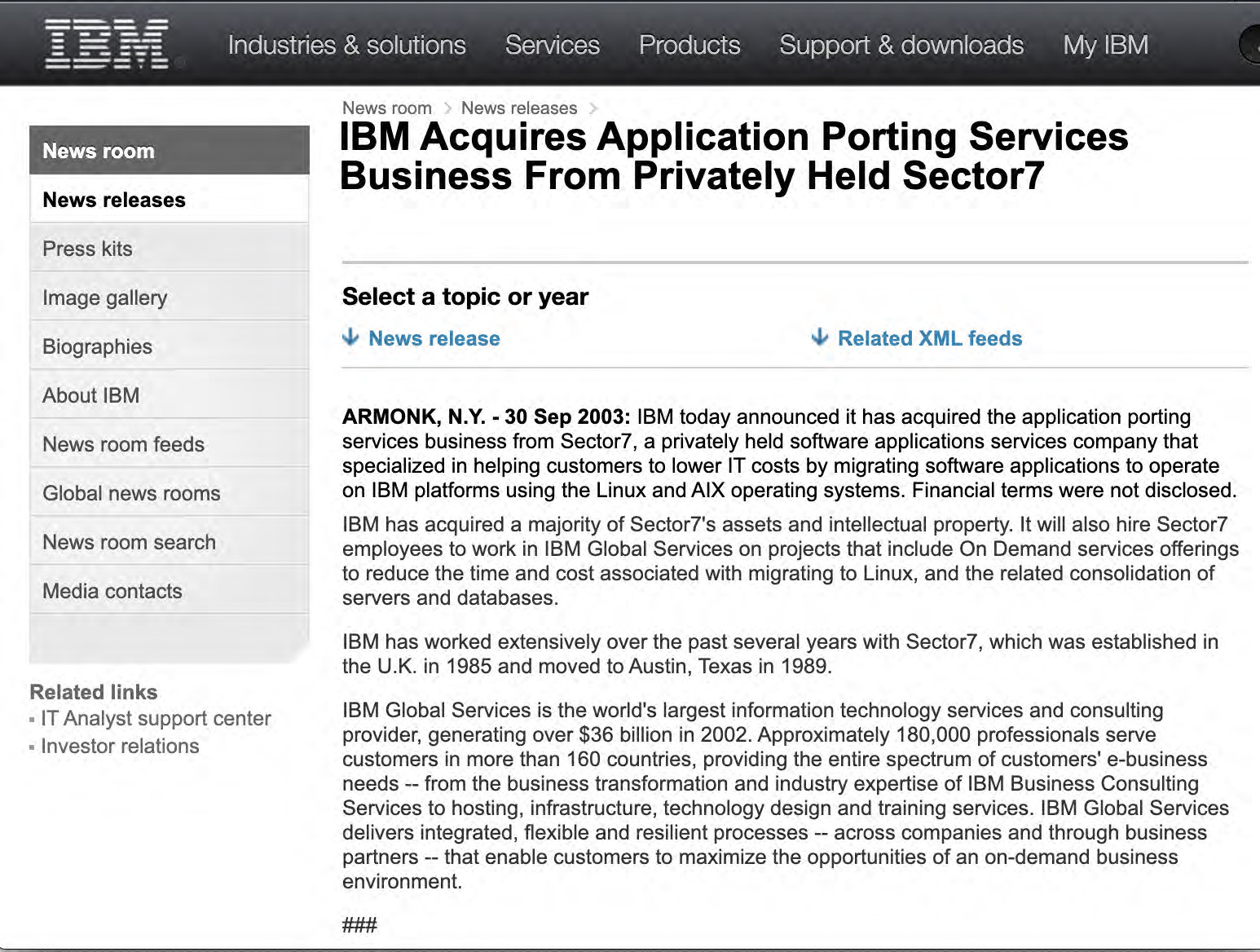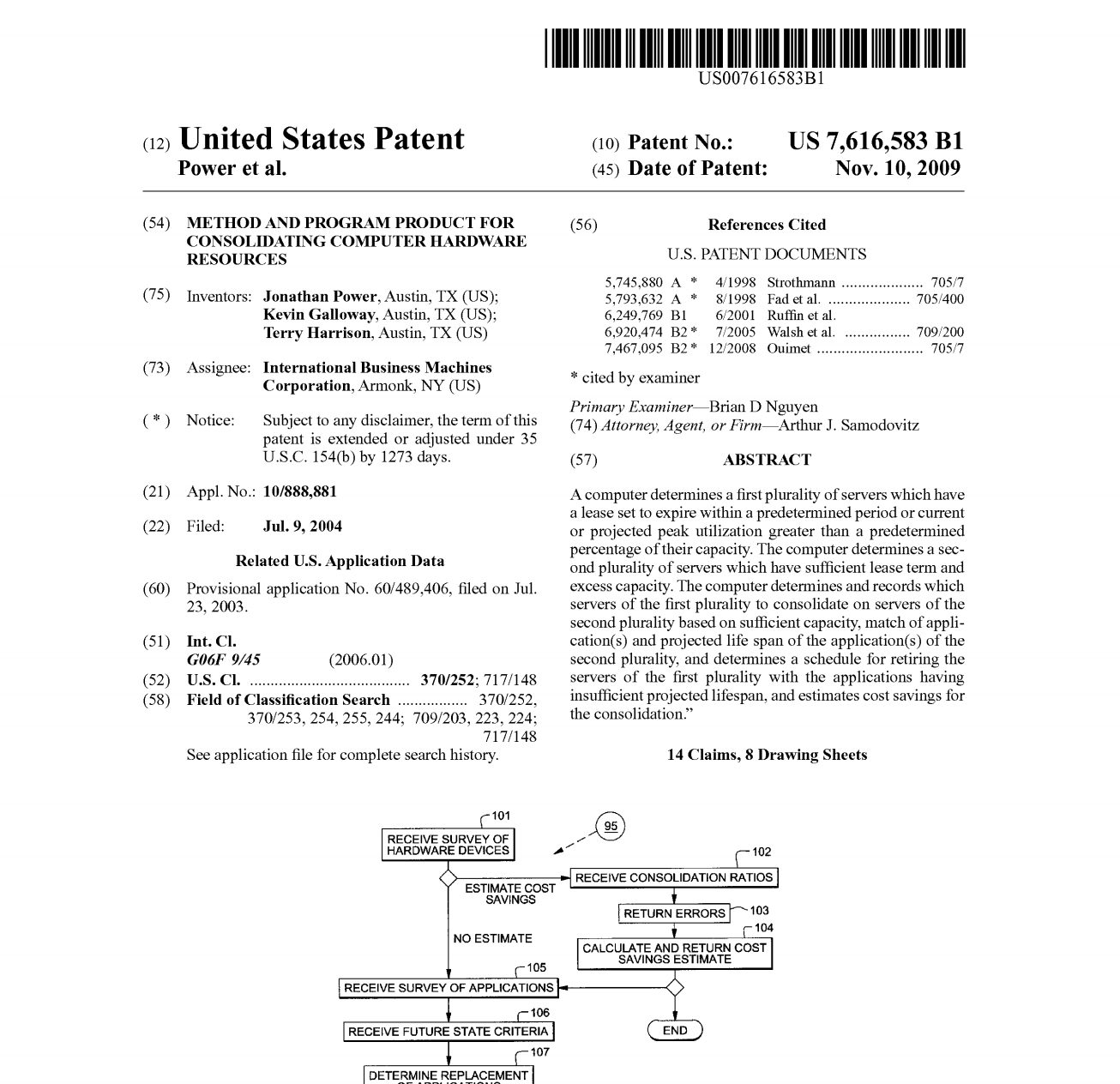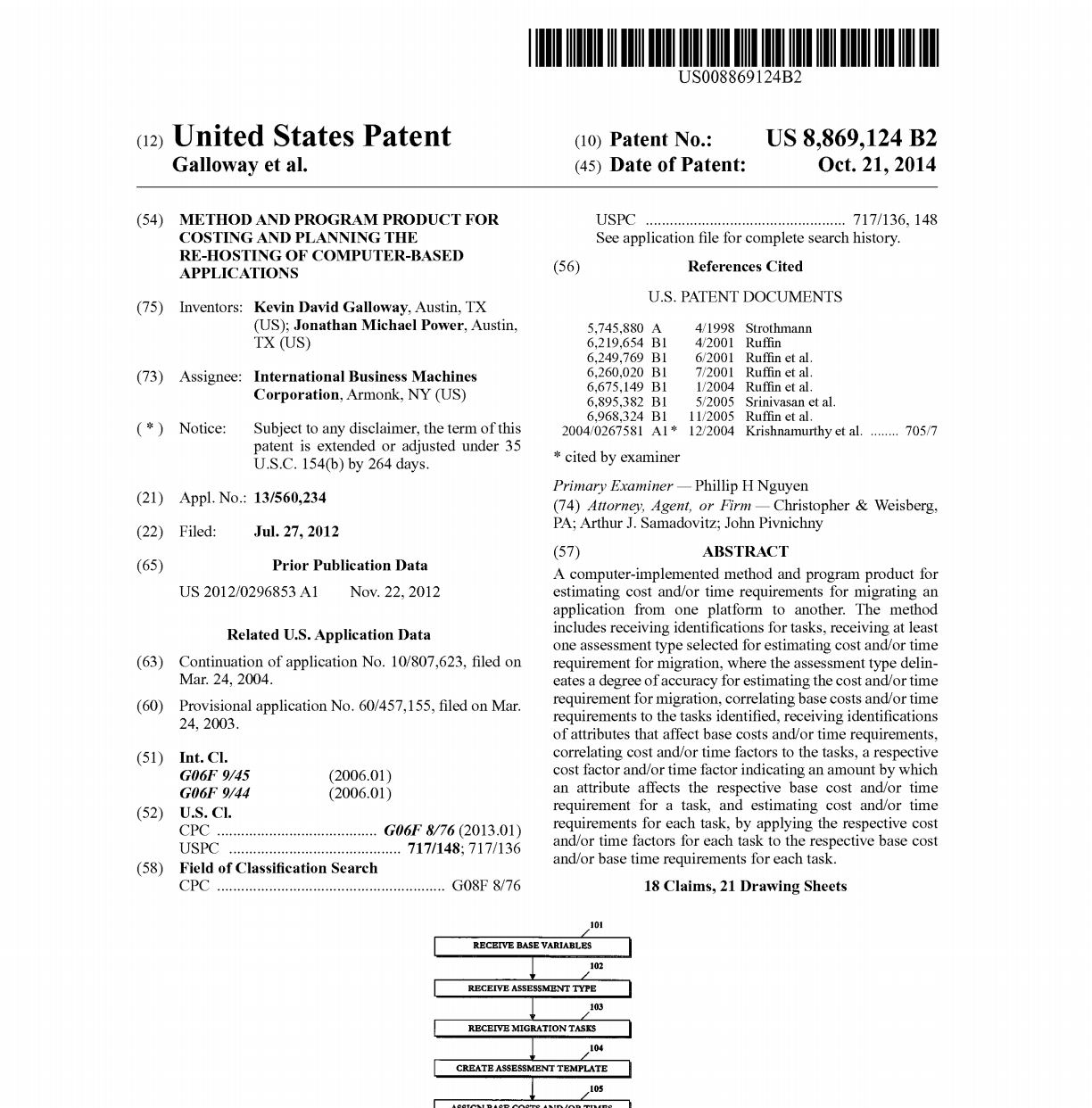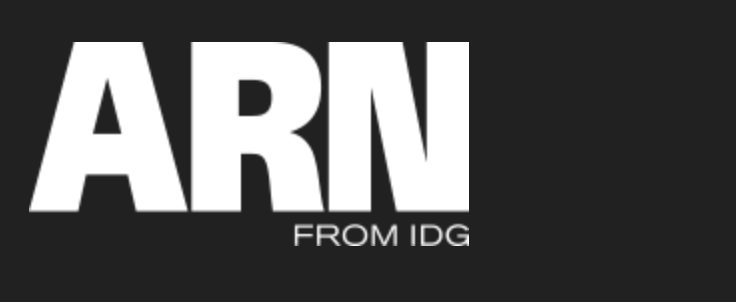- Sector7
- About
- IBM Migration Factory
IBM and Sector7 create IBM World Wide Migration and Server Consolidation Practice : IBM Migration Factory
1995 - Sector7 and IBM partner to migrate strategic applications to IBM AIX
As part of their competitive attack campaign, IBM was focused on offering a migration alternative to VAX OpenVMS users to IBM AIX hardware.
As IBM's confidence grew as IBM and Sector7 migrated OpenVMS applications to IBM AIX platform. In particular, IBM was impressed that Sector7 always provided a technically perfect migration, but also, the estimated time-frame and cost were always in the predicted range.
IBM then looked at competitive HP, DG ,DEC and SUN Unix variant competative “take outs”, and partnered with Sector7 to migrate these competative platforms to IBM AIX and RedHat Linux..
1997 - Sector7 provides migration with Enterprise Server Consolidation capability to IBM as IBM's world Wide Migration factory
In 1997 we were asked to provide a world-wide UNIX to UNIX server consolidation practice to IBM. This practice eventually became known as IBM's Migration Factory.
IBM recognized that the key to low-cost low-risk migration is to keep the IP (Intellectual Property) in one focused group.
IBM asked Sector7 if we could do "UNIX to UNIX (AIX)" migration. At that time, big iron was still king. with large servers costing $500,000 or more. If applications from HP/SUN/DEC could be ported "Quickly" and "Cheaply" to IBM hardware, then the cost of the server consolidation/Migration could be offset by the cost savings from the hardware.
Sector7 provided many large-scale server consolidations to IBM hardware. in some cases such, as Honeywell, and Ford porting thousands of applications from SUN and HP to IBM Linux and IBM AIX.
Sector7's migration and server consolidation capabilities were also used by IBM SO (Strategic Outsourcing) where, IBM could provide lower cost support for IBM equipment than it could for the installed HP, SUN and DEC installations.
In addition, the new IBM AIX hardware was many time more powerful dollar for dollar than the older HP, DEC and SUN hardware, so, Sector7 was engaged to not only migrate applications from one system to another but also, consolidate multiple migrated applications to a single hardware platform.
Outsourcing works when the outsourcer can provide the same or better level of customer care with fewer resources. Clearly having 1 admin for 1 machine that replaces 15 older hardware platforms makes financial sense.
However, the model falls apart if the cost of the migration/consolidation is not within the predicted budget for the work.
This effectively meant that Sector7 had to have costing models (See Patent) that could predict the cost of the migration just from a few parameters - Language, Platform, Lines of Code, Database size. Spending 1 week of analysis time per application, when there were up to 600 applications to be consolidated was not effective.
Sector7 not only provided the migration/consolidation estimate from 4 or 5 inputs, but we also quoted a fixed price for the migration.
There was no visualization software that would provide an HP/UX or SUN OS/Solaris virtual image running on IBM AIX. Even if virtualization was possible, the overhead would have killed the pricing model.
2003 - IBM Acquires Low Complexity, high Volume Server Consolidation/Migration business from Sector7
in 2003 IBM acquired the Intellectual Property from Sector7 for the UNIX to UNIX server consolidation business, making it the consolidation/migration practice part of IBM Global Services and leaving Sector7 to once again focus on the longer time frame more complex tailored VMS / OpenVMS Application Migration and Re-hosting/Re-platforming services, which has been our passion and exclusive focus for over 30+ years (Established in October 1985).

2003 - IBM Acquires Sector7 Consolidation/Costing Patents
Being Awarded a Patent was very 'cool' but, more than 'cool' it took a significant amount of work to rationalize the Migration Process into a mathematical model. Without such a model, you cannot have a scalable repeatable process. Without a model and scalable process it becomes “guess work” with no "rigor" to support the estimates.
#8,869,124 A computer implemented method and program product for estimating cost and/or time requirements for migrating an application from one platform to another. The method includes receiving identifications for tasks, receiving at least one assessment type selected for estimating cost and/or time requirement for migration, where the assessment type delineates a degree of accuracy for estimating the cost and/or time requirement for migration, correlating base costs and/or time requirements to the tasks identified, receiving identifications of attributes that affect base costs and/or time requirements, correlating cost and/or time factors to the tasks, a respective cost factor and/or time factor indicating an amount by which an attribute affects the respective base cost and/or time requirement for a task, and estimating cost and/or time requirements for each task, by applying the respective cost and/or time factors for each task to the respective base cost and/or base time requirements for each task.

#7,616,583 A computer determines a first plurality of servers which have a lease set to expire within a predetermined period or current or projected peak utilization greater than a predetermined percentage of their capacity. The computer determines a second plurality of servers which have sufficient lease term and excess capacity. The computer determines and records which servers of the first plurality to consolidate on servers of the second plurality based on sufficient capacity, match of application(s) and projected life span of the application(s) of the second plurality, and determines a schedule for retiring the servers of the first plurality with the applications having insufficient projected lifespan, and estimates cost savings for the consolidation.
PDF (#7,616,583) HTML (#7,616,583)

#8,869,124 A computer implemented method and program product for estimating cost and/or time requirements for migrating an application from one platform to another. The method includes receiving identifications for tasks, receiving at least one assessment type selected for estimating cost and/or time requirement for migration, where the assessment type delineates a degree of accuracy for estimating the cost and/or time requirement for migration, correlating base costs and/or time requirements to the tasks identified, receiving identifications of attributes that affect base costs and/or time requirements, correlating cost and/or time factors to the tasks, a respective cost factor and/or time factor indicating an amount by which an attribute affects the respective base cost and/or time requirement for a task, and estimating cost and/or time requirements for each task, by applying the respective cost and/or time factors for each task to the respective base cost and/or base time requirements for each task.
PDF (#8,869,124) HTML (#8,869,124)
Sector7 in the press
IBM smells Sun red ink - Undercuts Sparc servers with beefier rebates

Back in April, when IBM rolled out the completely refreshed Power Systems Power6-based server line, the marketeers also got a chance to play alongside the engineers with the launch of the Power Rewards rebate program. At the time, Hewlett-Packard's vintage HP 9000 server line seemed to be the main target of Power Rewards, which can cut the cost of a migration to an IBM Unix box by as much as 50 per cent over negotiated street price on the iron.
Now - as Sun Microsystems is struggling financially, is late getting its "Rock" systems to market, and is mothballing its own UltraSparc-IV machines - IBM thinks it's a good time to attack the Sun base.
The Power Rewards rebate program is part of something that IBM calls the Migration Factory, which is a set of server deals and technical expertise that helps customers running Solaris, HP-UX, Windows, or Linux platforms on iron that does not bear the IBM moniker to move over to Big Blue boxes. With the Power Rewards deal, IBM gives customers points for each PA-RISC or Sparc processor core they leave behind, points that are in turn used as company town money, redeemable for IBM goods and services or those provided by designated business partners.
Since 2001, when IBM got serious about the Unix business with the dual-core Power4 line of RS/6000 servers, the company has been getting progressively more aggressive about getting customers using Solaris, HP-UX, and Irix Unix or using proprietary platforms like OpenVMS and MPE to move to RS/6000, pSeries, System p, and now Power Systems iron. IBM bought Sector7, an HP migration specialist based in Austin, Texas, back in October 2003, to chase more deals.
Based on the methodologies developed at Sector7, IBM launched the Migration Factory service back in mid-2005, which aimed primarily at getting Solaris shops to move to IBM servers running Linux, but which has subsequently been expanded to cover migrations to AIX. To date, Migration Factory has done 1,200 customer migrations.
The Migration Factory does hundreds of assessments per year and generally takes down about 500 migration deals a year for IBM, according to Scott Handy, vice president of marketing and strategy for IBM's Power Systems division. And with the Power Rewards deal launched in April, this seems to be accelerating - and not to Sun's benefit.
In the third quarter ended in September, IBM did 135 deals, and the extra ten deals all came out of Sun's hide. Handy says that about 80 per cent of IBM's migrations come from Sun and HP Unix shops, and they have been evenly split to date. But there seems to be a little more interest in IBM's sales pitch these days at Sun shops. And that's why IBM has jacked up the Power Rewards points for each Sparc core to 4,000 each rather than the 1,000 each that was announced back in April when the program was launched.
Incidentally, PA-RISC cores were assessed at 4,000 points back then, while Itanium, Alpha, and MIPS cores were given only 1,000 points when customers ditched them.
Handy says that the point values on the platforms that customers are moving away from as they migrate to IBM iron have little to do with raw performance comparisons and more to do with IBM's desire to move customers and the likelihood of doing so by sweetening a deal. To take part in Power Rewards, customers have to buy a Power Systems 520, 550 560, 570, or 595 server to take part in the deal, and the older Power5+ System p5 590 and 595 and System i 595 servers can also be acquired under the deal.
IBM estimated back in April that there were 175,000 vintage HP 9000 machines still in use in the field, and thus far, these shops decided not to move to HP-UX v3 on HP's Itanium-based Integrity server line - after many years if being able to. In fact, around a fifth of HP's sales in its Business Critical Systems unit still comes from non-Itanium gear. "People are still buying PA-RISC when it is not offering good price/performance, and they are resisting the recompile to get to Itanium," explains Handy. "We figured if we put enough money on the table, they'd move." Either way, they are facing a recompile.

IBM snaps up Sector7 expertise
CBR STAFF WRITER 2ND OCTOBER 2003
IBM Corp [IBM] has acquired a majority stake in privately held services business Sector7 USA Inc, adding further Linux migration and application porting expertise to its Global Services organization.
IBM has worked with Sector7 on application migration projects for six years and has added its application porting tools, consultancy services, and migration expertise to its Global Services business for an undisclosed fee.
The acquired assets include Sector7’s server consolidation and Linux and Unix migration business. However, given the potential to poach users of Hewlett-Packard Co’s [HPQ] VMS operating system, who may be concerned about a move to Intel Corp’s [INTC] Itanium processors, IBM has opted not to acquire Texas-based Sector7’s core OpenVMS application migration tools and business.
What remains of Sector7 will be focused on migrations from the VMS operating system, and will be known as Digital Migrations. Although this could have provided good business for IBM (the company teamed up with Sector7 in July 2001 to make use of Sector7’s VMS migration skills), it will undoubtedly provide a lucrative niche for Digital Migrations.
What IBM has acquired includes expertise in migrating/porting Windows applications to Linux and migrating older legacy system applications to Linux, as well as 32-bit to 64-bit conversion, database migration, server consolidation methodologies, and migration project management.
This article was based on material originally published by ComputerWire.

Sector7 clarifies: We're not a part of IBM
After our report on Sector7's involvement in the retirement of HP's Unix servers, we stand corrected, or least clarified. Even though one part of the company was sold to IBM to do this work, Sector7 remains an independent firm with the skills to do other kinds of migrations. Including some HP 3000s, according to the company's president Jon Power.
"Sector7 was never acquired by IBM," he said. "In addition to doing their migrations as their Migration Factory -- we did their server consolidation projects, which, are just hundreds of less-complex migrations. IBM acquired the server consolidation business, not the HP 3000 or OpenVMS migration business."
Power adds that IBM Global Services unit does try to do HP 3000 and OpenVMS migrations, "but they just aren't very good at them. They do subcontract some of the more complex ones to us. IBM acquired part of our large scale server consolidation business back in 2003. We still retain many HP 3000 experts."
The Sector7 executive mentioned former Interex chairman Denys Beauchemin as one of the 3000 experts the company's worked with, as well as a joint engagement with ScreenJet to migrate Ford Motor off its 3000s and systems written in Transact.
Power also said in reply to our article that 3000 migrations have slowed for the company since 2009. "In all honesty the 'free for all' HP 3000 migration spree slowed down about three years ago," he said. "OpenVMS migrations have always represented Sector7's major market, "and the number of OpenVMS to Linux requests have increased as geometrically as the HP 3000 business has decreased."
Migration houses like Sector7 are "viewed as the anti-christ" by the OpenVMS zealots, he added. But the vendors of these systems are the reason a migrator does its service. "We and others would not be in business if HP had not abandoned their users... Sure, we're here to make money from these migrations. What most zealots don't want to admit is that we are the last resort."
Powers' full comment on the original article -- which includes views on the lifespan of the 3000 as well as echoes from the Digital PDP world -- can be viewed underneath our article from April 3.

Technology Briefing | Hardware: I.B.M. Acquires Most Assets Of Sector7
By Bloomberg News Oct. 1, 2003
I.B.M. has bought most of the assets of the closely held Sector7, adding services and programs that make it easier for clients to switch their software to run on Linux and I.B.M.'s AIX operating system. Financial terms were not disclosed, I.B.M. said in a statement yesterday. The company will hire an undisclosed number of Sector7 employees to work in its services unit. Sector7, which was established in Britain in 1985, is now based in Austin, Tex. I.B.M., the world's largest provider of computer services and second-largest software company behind Microsoft, has been bolstering its services, software and hardware offerings amid a decline in corporate spending on computers

IBM acquires OS-migration specialist
IBM has announced the acquisition of the application porting services business of Sector7 USA, a privately held firm that specialises in helping companies migrate their legacy server operating systems to platforms such as Linux. Sector7 offers tools and services for migrating applications and data to and from OpenVMS, Linux, Unix and Windows. It also handles database consolidation and migration, such as moving from an Oracle database to IBM’s DB2 software and vice-versa. IBM has acquired a majority of Sector7’s assets and intellectual property. IBM said it would hire Sector7 employees to work in its Global Services division on projects that include Linux migrations as well as server and database consolidation. Financial terms of the deal were not disclosed.

With new Power systems, IBM welcomes Oracle/Sun refugees
A combination of strong server offerings and a beleagured competitor in Oralce/Sun appears to be working to IBM's advantage.
IBM lost out to Oracle in its bid to acquire Sun Microsystems, but may end up being the winner in this game after all, with the company reporting a record number of customer wins away from Oracle/Sun Microsystems hardware on to its Power-based System p boxes.
 |
 |
 |
 |
 |
[IBM has] fought like the Romans. When they're not out doing battle, they're back at camp sharpening their swords.
Jonathan Eunice,
principal IT adviserIlluminata Inc. |
|
 |
 |
 |
 |
 |
|
 |
 |
IBM said its Migration Factory completed 285 migrations in the past quarter, with 171 from Oracle and 86 from HP. In fact, IBM is on pace to more double the number of migrations it completes this year, with 500 in the first half of 2010, or about the same number as for all of 2009, said Jeff Howard, IBM director of Power systems marketing.
At the same time, IBM completed the rollout of Power systems it began in February, with the introduction today of the new high-end Power 795, with 256 cores and support for 8 TB of main memory; four 'Express' servers, the IBM Power 710, 720, 730 and 740 Express'; and a Power7-based Smart Analytics System. The company also announced AIX 7, the latest incarnation of its Unix operating system.
Availability for the new systems is slated for September 17, one month from now, for what promises to be a competitive fourth quarter, said Jean Bozman, a research vice president for the enterprise platforms group at IDC in Framingham, Mass.
"Server sales had a very bad year in 2009," Bozman said. "All the vendors are looking to make a very big push in Q4 [2010]," with aggressive products and sales tactics.
Making application migration look easy
IBM's Migration Factory is the real deal, said Jonathan Eunice, principal IT adviser at Illuminata Inc. in Nashua, N.H. "Migrations of enterprise apps are hard, and there's a lot of perceived risk in doing these moves," he said. "IBM has been extremely successful doing moves with minimal muss and fuss," bringing in not just services, but also technologies from acquisitions like Transitive, which allows applications written for one chip architecture to run on another, and application re-hosting specialists Sector7.
Then there's the strength of the Power systems themselves, which compete effectively in terms of speeds and feeds, as well as with its unified virtualization offerings, Eunice said.
"They've fought like the Romans. When they're not out doing battle, they're back at camp sharpening their swords," Eunice said.
An executive at a large Sun hardware reseller who is weighing a shift in allegiance to IBM said the computing giant's Migration Factory is truly impressive. "I can't believe they don't promote it more than they do," he said earlier this month.
While years of competing against IBM with Sun hardware made for some hard feelings on his part, this exec said IBM's Power systems are the most attractive replacement platform for Sun/Solaris shops. For Sun x86/Linux machines, Hewlett-Packard and Dell offer viable options, he said.
But, ultimately, it may be the weakness of IBM's opponent that is IBM's strongest asset, suggested the director of IT at a large regional utility provider who requested anonymity.
"Look at the Sun roadmap and there isn't one," the IT director told SearchDataCenter.com earlier this summer. "In fact, it's almost an anti-roadmap because some of the announcements of higher entities and tech enhancements seem to be back-burnered or canceled. That adds a lot to our risk model."
The utility has an arsenal of about 20 Sparc systems that it plans to roll over to IBM. Oracle did in fact announce some updates to its Sparc/Solaris strategy last week, and more announcements are expected at Oracle OpenWorld next month.
Barbara Darrow contributed to this report. Let us know what you think about the story; email Alex Barrett, News Director at abarrett@techtarget.com, or follow @aebarrett on twitter.








